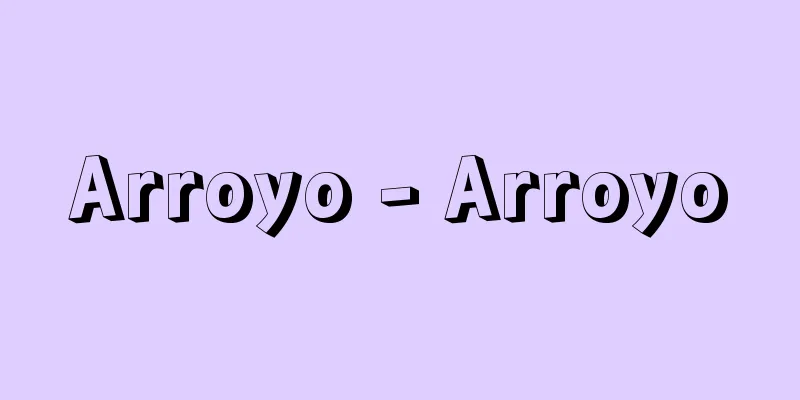Sprain

What kind of injury? A typical injury occurs when a joint is forced to move beyond its physiological range of motion due to an unnatural external force. The joints most susceptible to sprains are There are very important tissues that connect the bones together to prevent these joints from slipping out of place and also control the movement of the joints. The severity of a sprain depends on the degree of damage to these ligaments. Ligaments stretch or tear depending on the magnitude and direction of the external force they receive. In the mildest cases, only a small portion of the fibers that make up the ligament are stretched or torn, but there are also more severe cases where multiple ligaments are completely torn. However, in these severe cases, the joint is always displaced when the ligament is torn, so strictly speaking, they cannot be called sprains, and are generally given a specific name for the injury, such as ligament damage. In other words, a sprain is generally understood to be an injury in which the main pathology is ligament damage that does not result in tearing, and which does not involve a fracture. How symptoms manifest Symptoms of a sprain vary depending on the type of joint injured and the extent of the ligament damage. If a torn ligament is left unrepaired, the joint will remain loose, which can lead to subsequent complications, so care must be taken. Testing and diagnosisA plain X-ray is always used to diagnose a sprain. This will confirm the presence or absence of a fracture or dislocation of the joint. In addition, X-rays may be taken under stress to check the degree of joint instability. However, since plain X-rays do not show the ligaments themselves, an MRI is required. In recent years, MRI examinations have been used to assist in the diagnosis of many injuries and disorders, especially Treatment methodsSprains are generally treated conservatively (non-surgically). Immediately after the injury, it is important to stop swelling and internal bleeding from becoming more severe. The measures to do this are as follows: Local Rest Icing Compression This is the basic principle (the initials are RICE). Subsequent treatment will vary depending on the severity of the injury, but may include elastic bandages, There are cases where complete immobilization with a plaster cast is necessary, but some theories suggest that complete immobilization of a joint for a long period of time may actually inhibit the normal repair process of ligaments and have a negative effect on articular cartilage, so the indications for long-term plaster cast immobilization are limited. In any case, conservative treatment is the method of choice for sprains. In addition, treatment for complete ligament tears, which are more serious than sprains, varies depending on various factors, such as the injured joint, the patient's age and occupation, and whether or not they participate in sports. Athletes often require surgical treatment, such as repairing or reconstructing damaged ligaments. Takeshi Takeda Source: Houken “Sixth Edition Family Medicine Encyclopedia” Information about the Sixth Edition Family Medicine Encyclopedia |
どんな外傷か 関節が不自然な外力により生理的な可動範囲を超えるような動きを強制された時に発生する、代表的な外傷が捻挫や 捻挫を最も起こしやすい関節は これらの関節がずれないように骨と骨の間をつなぎ止め、さらに関節の動きをコントロールする非常に重要な組織が 捻挫の重傷度を左右するのは、これらの靭帯の損傷の程度です。靭帯は受けた外力の大きさや方向によって、伸びたり切れたりします。最も軽いのは靭帯を構成する線維のほんの一部が切れたり伸びたりするものですが、複数の靭帯が完全に断裂するような重いものもあります。ただし、このような重傷例は靭帯が断裂する際に必ず関節のずれを伴うので、厳密には捻挫とはいえず、○○靭帯損傷という具体的な外傷名がつけられるのが一般的です。 すなわち、捻挫とは断裂にまでは至らない程度の靭帯損傷が主病態になった外傷で、しかも骨折は伴わないものと理解するのが一般的です。 症状の現れ方 捻挫の症状は、受傷した関節の種類や靭帯損傷の程度によってさまざまです。一般的には関節の痛みや 断裂した靭帯が修復されないまま経過すると、関節にゆるみが残り、それによる続発症が出ることもあるので注意が必要です。 検査と診断捻挫の診断に必ず行われる検査は、単純X線検査です。これによって骨折や関節のずれの有無が確かめられます。また、関節の不安定性の程度を検査するためにストレス(負荷)を加えてX線写真をとることもあります。ただし、単純X線写真には靭帯そのものは写りませんので、MRI検査が必要です。 MRI検査は近年多くの外傷や障害の補助診断に用いられていますが、とくに 治療の方法捻挫の治療は原則として保存的(非手術的)に行われます。 受傷直後は腫脹や内出血がより以上に高度になることを止めることが重要です。そのための処置としては、 局所の安静(Rest) 冷却(Icing) 圧迫(Compression) が基本になります(頭文字をとってRICEという)。 その後の治療は重傷度によっても違いますが、弾力包帯、 ギプスによる完全な固定が必要な場合もありますが、長期にわたる関節の完全固定は、正常な靭帯の修復過程をむしろ阻害したり、関節軟骨にも悪影響を及ぼすとする学説もあることから、長期にわたるギプス固定の、適応は限られています。いずれにしても捻挫に対しては保存的治療が選択されます。 なお、捻挫より重い靭帯の完全断裂に対する治療法は、受傷した関節、患者さんの年齢や職業、スポーツをするかどうかなど、いろいろな因子によって違ってきます。 スポーツ選手では、損傷した靭帯の縫合術や再建術のような手術的治療が必要になることもまれではありません。 竹田 毅 出典 法研「六訂版 家庭医学大全科」六訂版 家庭医学大全科について 情報 |
>>: Seniority-based labor-management relations
Recommend
Cuttack - Cuttack
...The Pala style was introduced to Southeast Asi...
MS-T5, PLANET-A - MS Stage
...ISEE3 started moving from the Lagrangian point...
Mongol Invasion Picture Book - Mōkoshūrai Ekotoba
A war chronicle picture scroll from the late Kama...
Ikebe Sanzan - Ikebe Sanzan
Year of death: February 28, 1912 (Meiji 45) Year o...
Differentiation of peasantry
Regarding the decomposition of the peasant class,...
Aluminum - aluminium (English spelling)
A metallic element belonging to group 13 of the p...
Quota - Quota
A share. A share. An allotment. 2 ⇒ Disk quota Sou...
Glass wool
…Made of molten glass in a filament, it is also c...
Differential equation
A differential equation is an equation that expre...
Superelasticity
...Because shape memory alloys have properties no...
Integrable systems
… [Nonlinear coupled oscillators] Among various e...
Katatae Shrine - Katatae Shrine
...In the Edo period, it became a formality and t...
Kobe Village
...A city located on the coast of Hiuchi Nada in ...
Makkari
〘Noun〙 (maggərri)⸨Makgeolli⸩ A cloudy alcoholic dr...
coal-water-slurry
...Mixing with liquids is the main issue in terms...









